Firmware updates are essential for the performance and reliability of wireless lavalier microphone systems. This...
What are the working principles of different types of microphones?
Although all microphone work fundamentally by the same application to serve a similar function (amplifying sounds), each type of microphone works in a completely different manner than the next.
l How does the microphone work?
A microphone works by converting sound waves that pass through it into an electric signal; this electric signal then gets transmitted into the speakers producing the final amplified sound.
But the manner in which the electric signal is produced is dependent on the type of microphone work.
That's why some microphones are more suitable for a specific setting than other kinds of a microphone.
For example, a dynamic microphone is better for a concert than a condenser microphone.
l What occasions are these principles suitable for?
Like we mentioned earlier, different microphone work function at optimum capacity depending on where they're applied.
Here are seven different types of microphones, how microphone work, and the best places they work in:
l Dynamic microphones
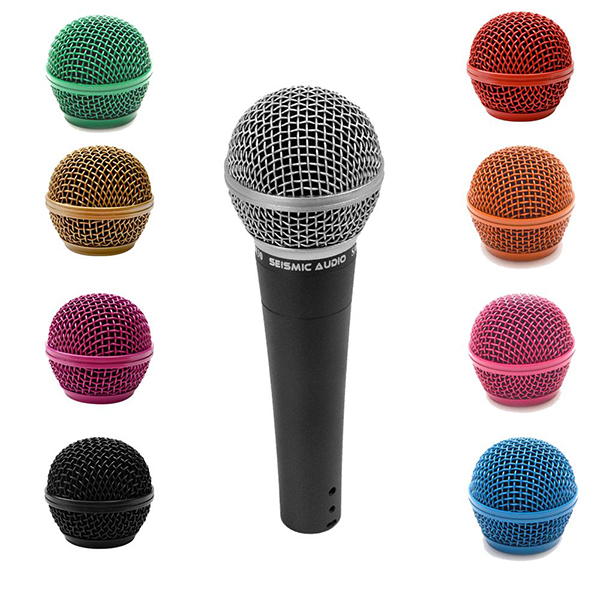
The dynamic microphone works by the standard principles of microphone work engineering.
It uses electromagnetic effects to create the electric signal.
When sound waves pass into a dynamic microphone, the diaphragm induces the coil or wire to vibrate in a back and forth motion.
This vibration is responsible for the creation of the magnetic field that passes through the coil and changes the sound waves into electric signals ready to be transmitted into the speakers.
Dynamic microphones are best suited for a vocalist with strong or loud vocals because of its strength, and it's also best used in a concert, a loud auditorium or any setting with many people because of how great it is at amplifying sounds.
l Condenser microphones
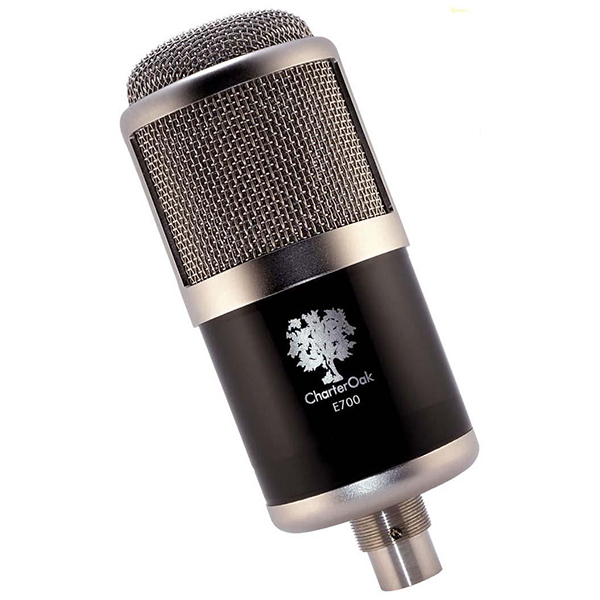
Also known as a capacitor microphone, the condenser microphone works by using capacitors.
One plate of the capacitor moves in response to the sound waves, and this movement leads to the altering of the capacitor's capacitance leading to the amplifying of the sounds to create a measurable signal.
Unlike dynamic microphones, however, condenser microphones need batteries to work, but they produce clearer sounds.
That's why they are best used in recording studios.
l Ribbon microphones
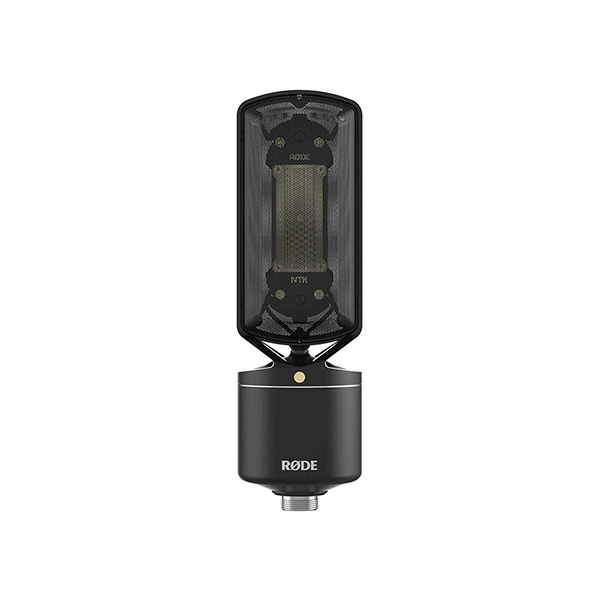
The ribbon microphone works by suspending a thin ribbon made out of conductible metals like aluminum in a magnetic field.
The sound waves move the ribbon, which alters the current flowing through it.
Ribbon microphone work are also bi-directional, and they produce highly detailed sounds.
They're best used for instruments during studio sessions.
l Crystal microphones
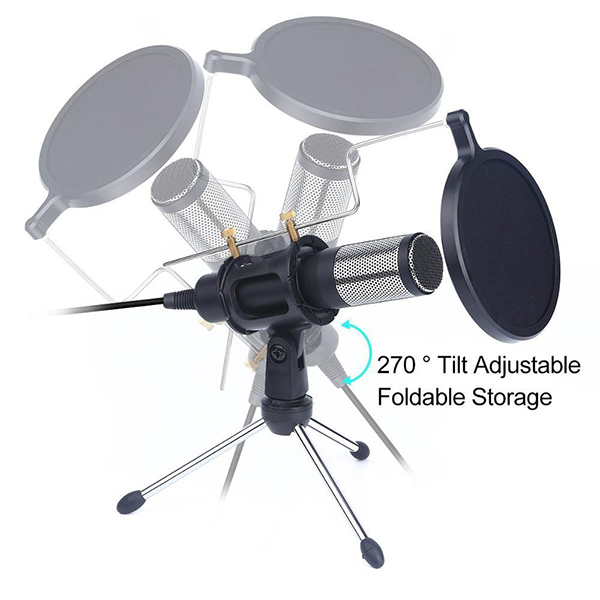
When you attach a diaphragm to a crystal, the crystal microphones work will produce a signal when sound waves hit the diaphragm.
Crystal microphones work are often used in various kinds of monitoring applications.
l Carbon microphones
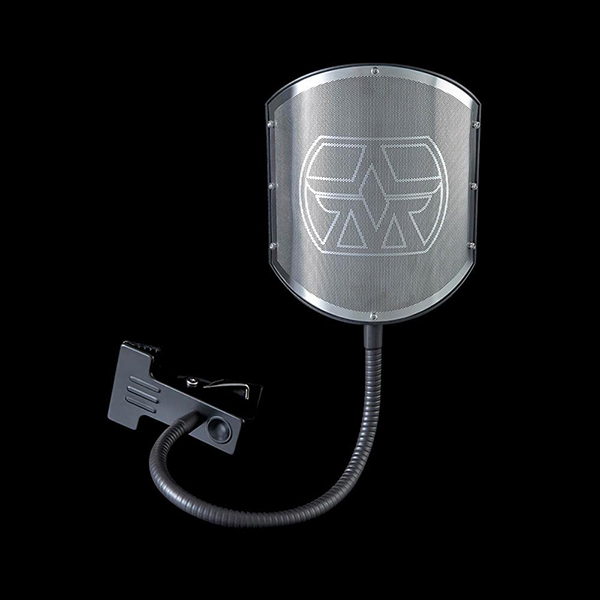
Carbon microphones make use of carbon dust.
They were among the first and simplest microphones created using a microphone work technology similar to that of the telephone.
Carbon dust has a thin metal/ diaphragm made out of plastic attached to one side.
When sound waves hit the diaphragm, they compress the carbon dust, thus changing the resistance.
And current flow is altered when a current is passed through carbon to change its resistance.
Carbon dust is still used in the production of telephones today.
l Electret microphones
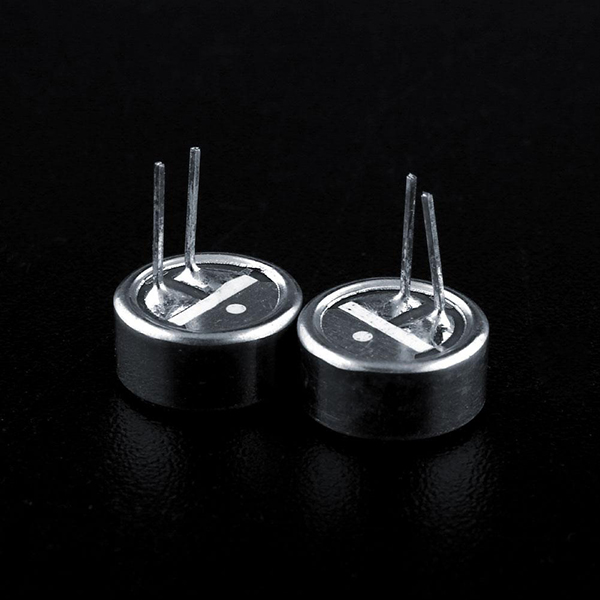
Electret microphones aren't exactly the most conventional types of microphones.
Electret microphone work in a similar manner to condenser microphones, only that the external charge is replaced with an electret material which leaves the microphone in a permanent state of polarization.
They are most frequently used in hands-free devices and mobile phones.
l Conclusion
An unimaginable amount of research has been put into perfecting the microphone work technology for kids that we use today. How to use a microphone isn’t hard anymore.
And now, with so many choices to choose from, you can decide the best microphone works for your kid.
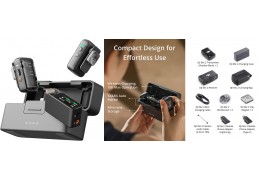
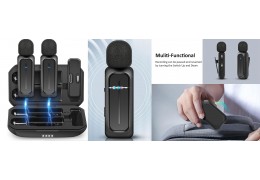
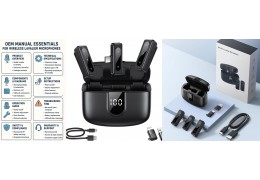

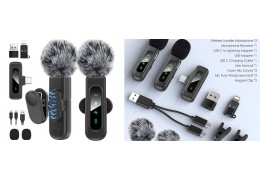
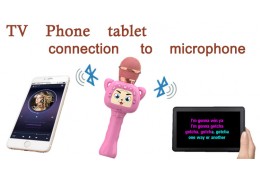
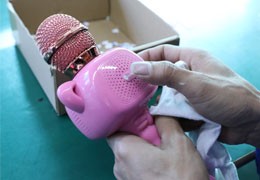
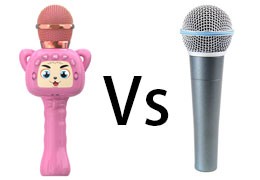



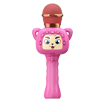

Latest comments